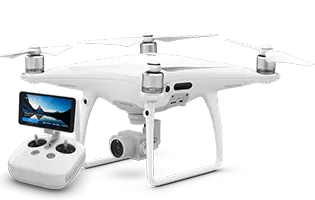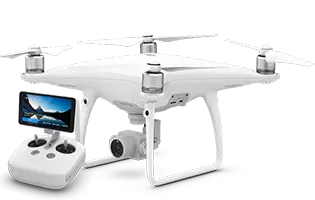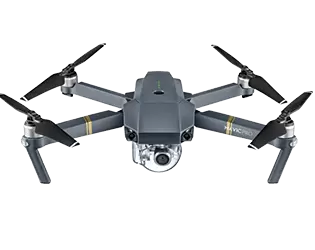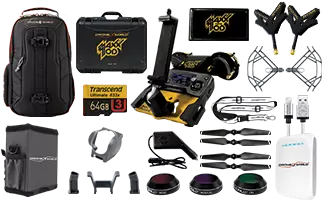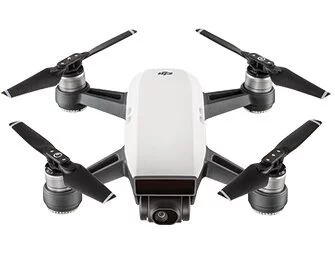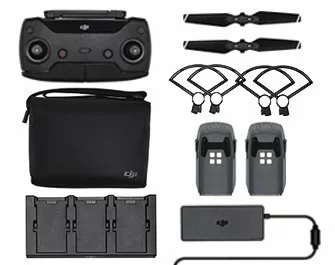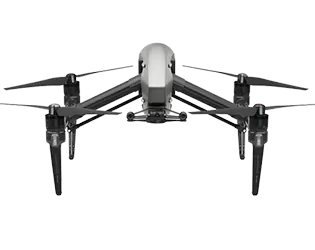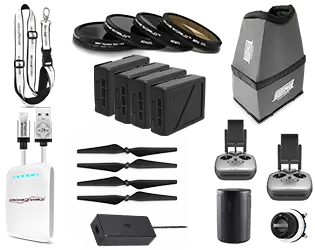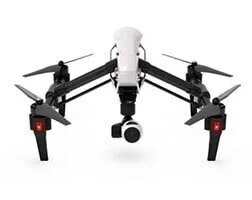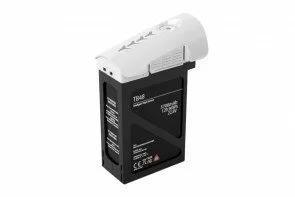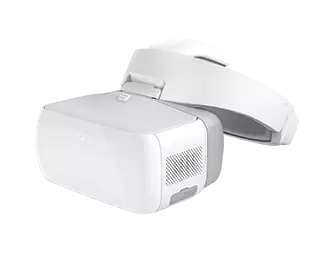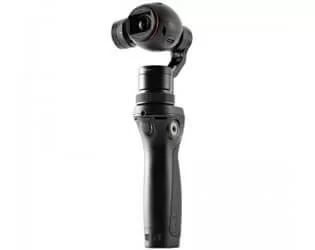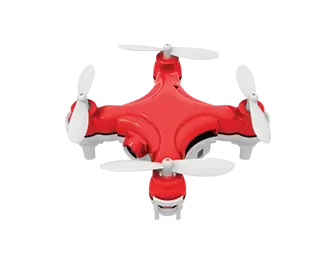Phantom 4 Advanced vs. Phantom 4 Pro Comparison
April 2017 ushered in the DJI Phantom 4 Advanced while also marking the beginning of the end for the Phantom 4 model. The question then is, How does the Phantom 4 Advanced compare to the Phantom 4 Pro? How are they similar? How are they different? And ultimately, what should buyers know before they make a decision? We're here to answer all those questions and more, in our definitive, comprehensive breakdown of these two aircraft.
Before we begin, note that the Phantom 4 Advanced costs $150 less than the Phantom 4 Pro.
What's Missing?
We begin by evaluating the Phantom 4 Advanced, and what it lacks. The P4 Advanced is the same as the Phantom 4 Pro in every single way, except these three:
- No rear vision sensors/no infrared sensors in the FlightAutonomy system (tripod mode, beginners or people who want a super smooth shot)
- The remote control does not support the 5.8 GHz band (affects the connection, less disturbance because of Wifi routers)
- TapFly backward has been removed (explore what this means, and why it's significant)
As you can see, the majority of the features and characterstics of the Phantom 4 Pro are represented in the P4 Advanced. The differences between the two are minimal, and drone customers are encouraged to let their wallet do the deciding. Does $150 merit the 5.8 GHz band, extra sensors, and TapFly Backward feature? Or is your money better spent on purchasing an extra battery for the P4 Advanced? Of equal importance: if you're spending $1300+ on a drone, what's another $150 more?
The Significance of Sensors
The removal of the infrared side sensors and the vision sensors on the P4 Advanced means a few things. For beginner flyers, the lack of sensors is significant because it makes flying the aircraft more challenging. Drone pilots will be unable to utilize tripod mode: a steady mode for flying with maximum stability. Additionally, the sensor absence means no TapFly backward capability. For some drone enthusiasts, this is a problem, while others will hardly notice the difference.
Side sensors are designed to help pilots avoid accidents while flying, such as a commercial being shot on a narrow city street, with the drone soaring between buildings. But it is those very scenarios that experienced drone flyers would appreciate the absence of the sensors, because they can traverse the narrow environment without the Phantom 4 Advanced course-correcting, and ultimatley ruining the shot.
Residential Interference
Educated drone pilots know that the 2.4 GHz frequency is perfectly suitable for most outdoor flying. The real trouble arises when flying in a suburban environment, with the interference of Wifi signals. Wifi typically operates on that frequency, and can cause interference for drone signals, unfortunately. The simplest solution is to switch to a different frequency, but with the P4 Advanced that simply isn't an option. Given that lack of frequency flexibility, many drone customers will choose the Phantom 4 Pro. That way, they can ensure their flights are always free of interference, and they never have to worry about any issues when flying in or near residential environments.
.

